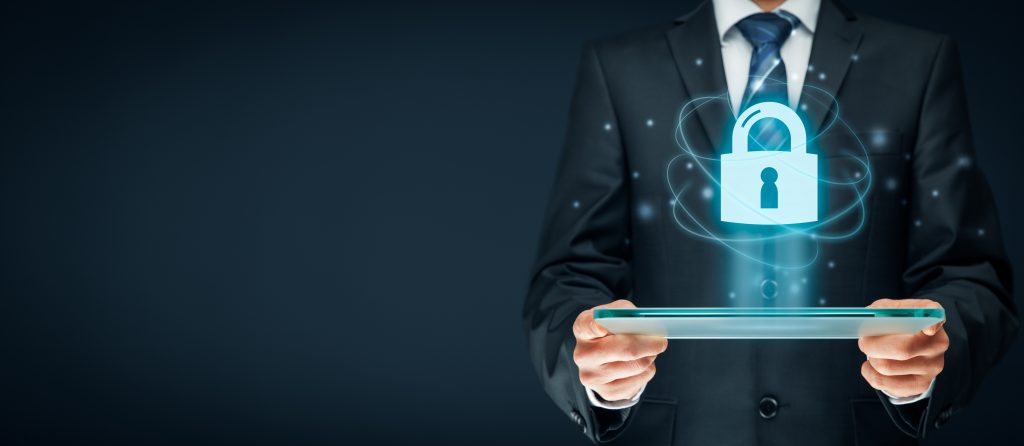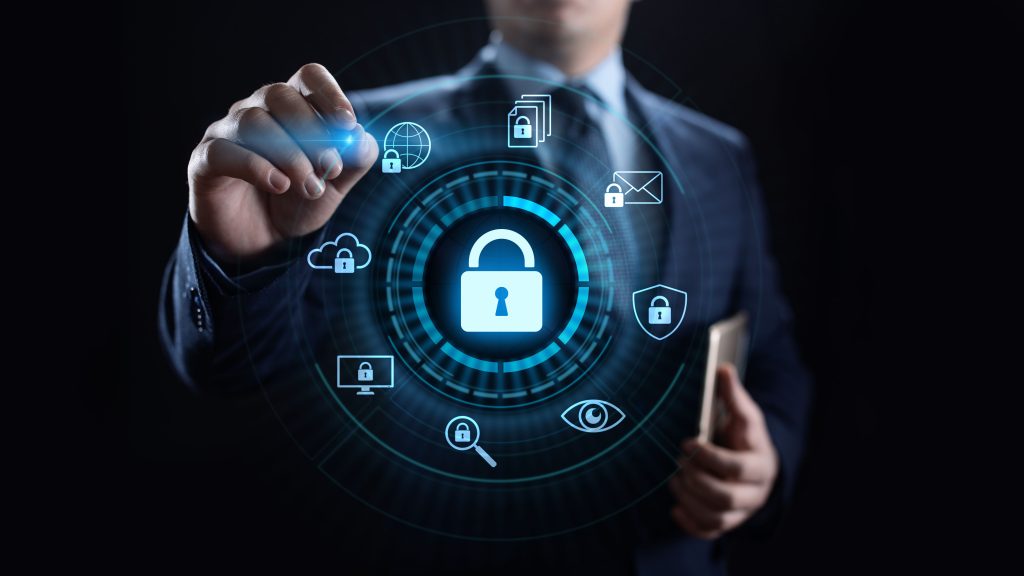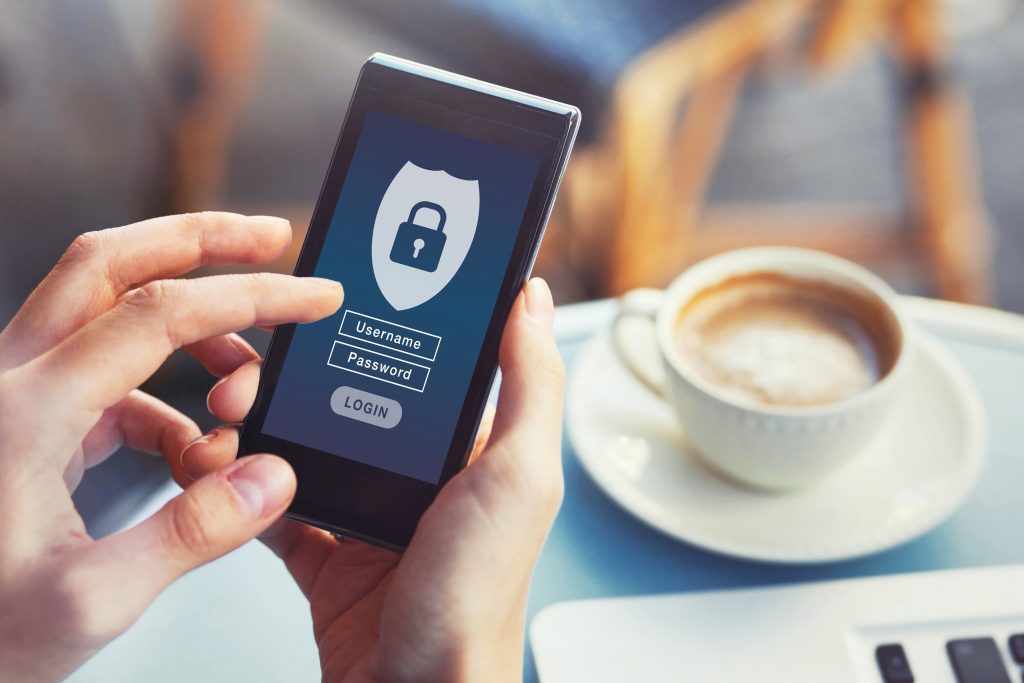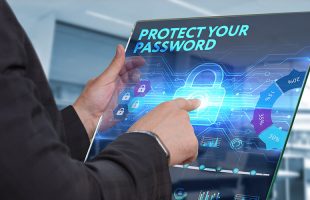
“ATTENTION! The only method of recovering your files is to purchase a decrypt tool and unique key… Please note that you will never restore your data without payment.”
This is part of a typical message following a ransomware attack.
You may think that you don’t have to worry about these types of cyberattacks. But it only takes one wrong click or one compromised password to become a victim of cybercrime and have a major business problem.
The best way to increase your protection and reduce the risk of having your confidential corporate data breached is to implement a strong cybersecurity structure and provide continuous security training for your employees.
Here, we’ll provide you with cybersecurity tactics that each of your team members can easily apply, and explain the importance of having your data secured, both inside and outside the office.
Table of Contents
Why Is Cybersecurity Training for Employees So Important for Small and Mid-Size Businesses?
With the large number of companies that transitioned to remote work due to the COVID-19 pandemic, security vulnerabilities have become easier to detect and cybercriminals have increased their activities toward small and medium-sized businesses.
According to McKinsey’s research, “opportunistic attackers have been increasingly targeting insecure home networks and household smart devices” since the beginning of the pandemic.
The FBI’s 2020 Internet Crime Report also showed a 69% increase in cybercrime complaints in 2020 compared to 2019.
According to the FBI’s report, in 2020 there were:
- 241,342 phishing complaints, with adjusted losses of more than $54 million
- 19,369 complaints about Business Email Compromise (BEC) schemes, with an adjusted loss of almost $1.8 billion
- 2,474 ransomware incidents, with adjusted losses of over $29 million (this number doesn’t include estimates of lost business, time, wages, files, or equipment)
That’s why it is of the utmost importance to protect your business data, as well as to train your employees how to manage their online profiles.
This is especially important for passwords they use for business applications on their desktop computers or laptops and mobile devices they use from home.
If your employees are trained and knowledgeable about cybersecurity risks, they’ll be better equipped protect your corporate data.
3 Most Common Types of Cyberattacks That Can Hurt Your Business Through Employees’ Accounts
Unfortunately, due to cyberattacks that occur through employee accounts, your employees can be the biggest risk for your data security.
Cyberattack Type #1: Phishing Attempts
Phishing attempts typically aim to steal personal data such as email login credentials, credit card numbers or any other type of sensitive personal information.
This kind of a cyberattack represents a form of social engineering – a behavior designed to manipulate people into performing specific actions or revealing confidential information.
The majority of phishing attacks are performed by cybercriminals falsely presenting themselves as representatives of respected public institutions or another trusted entity.
The attack occurs when an individual opens a compromised email, instant message, text message or another form of online communication and is then tricked into handing over sensitive data.
How can this harm your business?
Phishing attacks can target the email addresses of your employees.
If your employees don’t pay close attention or they don’t know how to recognize these types of scams, they can easily be tricked into unknowingly sending sensitive corporate information.
Cyberattack Type #2: Ransomware Attacks
Ransomware is a type of malicious software typically downloaded onto someone’s computer disguised as a legitimate file that arrives as an email attachment.
In its essential form, this malware typically uses a Trojan virus to perpetually block the victim’s access to the files until they pay the given ransom amount, known as crypto viral extortion.
This software encrypts the files, making them completely inaccessible without a unique decryption key, which the victim has to pay for.
Ransomware attacks are sometimes used as an attempt of crypto viral blackmail, threatening to publish the victim’s data publicly unless they pay the ransom.
How can this harm for your business?
Even though ransomware attacks frequently target individuals, it is not uncommon for the entire corporation’s systems to be blocked with a ransomware malware, asking for a payment for the decryption key to gain access.
Also, depending on the employee’s access within your company, blocking the files on their computer can mean blocking out the large portion of sensitive corporate data.
Apart from the risk of great financial loss due to the ransom payment, the recovery period can take several weeks and there is also a possibility of not being able to retrieve some of the data as all.
Cyberattack Type #3: Business Email Compromise Fraud
Business Email Compromise (BEC) is a type of a cyberattack that cybercriminals use to trick company employees into transferring money into their bank account.
To make their attack more deceiving, criminals typically hack into the company’s email system first and gain information about the corporate payment processes.
According to Interpol, this kind of cyberattack is also known by other names:
- CEO impersonation
- Bogus invoice scheme
- Employee account compromise
- Man-in-the-email scam
How can this harm your business?
These attacks target companies of all shapes and sizes. Whether you run a multinational corporation, a small local business or a national non-profit organization, as long as you process payments online, your business can be a target.
When it comes to individuals, cybercriminals often target employees who handle financial matters such as payroll, budget or regular purchase of equipment and supplies. So, the most vulnerable are the individuals who have the ability to authorize payments.
The cost of BEC schemes can potentially be massive. As mentioned, the overall adjusted loss of BEC schemes that businesses across the U.S. faced in 2020 was $1.8 billion.

Cybersecurity Risks That May Cause Your Employees to Unknowingly Compromise Data Security
Even when you already have a secure IT structure as a company, or your managed IT service provider helps you with software updates, anti-virus and firewall installations, your employees may not pay enough attention to the security on their own computers.
This is an especially important factor of cybersecurity when you manage a distributed team or your company has rapidly transitioned to working from home without an adequate security training.
In this case, your team members are likely using their personal computers and mobile devices for business purposes.
Some of the most common cybersecurity risks on employee computers and devices include:
- Lack of advanced/professional anti-virus software
- Not paying attention to security alerts and update patches
- Using the same password for multiple business and personal accounts
- Using short and weak passwords for email and other accounts
- Keeping all the passwords in an easily accessible document
- Disabled spam filters for business email accounts
The best way to educate your team and ensure they apply necessary protection tools is to organize security awareness training.

3 Ways Cybersecurity Awareness Training for Employees Can Help You Protect Your Corporate Data
Let’s take a look at some of the most simple but efficient tactics that security training can help you apply.
These tactics will also help your employees to learn how to be more attentive and protective of business data, especially if they work from home and use their personal computer, laptop, tablet and/or smartphone for business purposes.
Tactic #1: Two-Factor Authentication
Applying two-factor authentication to your employee accounts helps strengthen account management and create a more secure access for each of your team members.
This tactic is easily applicable for personal accounts as well. Your employees can change their own personal passwords using a two-factor authentication app.
This will ensure that they are not repeating the same or similar passwords for multiple accounts.
To add another layer of security, your employees can also download a password keeper application to regularly update their passwords and set up the two-factor authentication. Of course, they should thoroughly research available options before choosing such an app.
In addition, your employees should use strong passwords which include both capital and lower-case letters, numbers and symbols, change every password to a unique one and add their mobile numbers to each account for two-factor authentication.
Device-specific applications can also help your employees check the passwords they’ve used in the past.
For example, if your employees use Apple devices, they can access their password management system with the iCloud Keychain application on their computer or phone.
Why is this important for your business?
Using different passwords and two-factor authentication for each account will help your employees create a strong barrier for phishing scams, ransomware attacks, BEC schemes and other cyberattacks.
Remember, one compromised password can take down an entire company’s website or compromise sensitive data.
Tactic #2: Dark Web Monitoring
Even though the dark web may seem abstract, it’s important to explain the risks to your employees to help prevent a leak from their computer.
To prevent that from happening, your employees can sign up for a service like dark web defender to regularly check passwords. This is also possible to do individually with credit companies or banks.
For example, Apple users can check passwords on their iPhone by following these steps:
- Go to Settings
- Click on Passwords
- Choose Security Recommendations
- Select the option View Leaked Passcodes
- Google also offers Android applications to help users remedy compromised passcodes.
Why is this important for your business?
Continuously monitoring the dark web can help you and your team members keep track of personal information that may be leaked. If a leak occurs, you’ll be notified and able to act quickly to chance passwords and protect sensitive data.
Tactic #3: Cybersecurity Risk Assessment
If your employees are working from home, it is highly recommended that they perform a cybersecurity risk assessment of their own digital environment.
Common vulnerabilities and weak points include:
- Accessing the internet for business purposes through a public Wi-Fi network
- Accessing unsecure web pages (those that run on HTTP instead of HTTPS protocol)
- Not using tools that ensure end-to-end encryption for online communication
- Lack of awareness about the possible cyberattacks coming through email
- Lack of knowledge on how different cyberattacks work and how to avoid them
- Sharing sensitive corporate data on social media profiles, online forums or similar places
- Not paying attention to security alerts on computers and mobile devices
- Not paying attention to software updates available on their devices, both for operating systems and applications they regularly use
Why is this important for your business?
As mentioned before, it only takes one wrong click or one compromised account to weaken your whole network and hack your system.
For example, if one of your employees works remotely from their local coffeeshop, while connected to the coffeeshop’s public Wi-Fi network, a cybercriminal could detect and take advantage of the weak point in your network security.
Detecting that employee as a vulnerable asset of your business can lead to much more serious business issues, exposing your company to malicious cyberattacks.
Key Takeaways on Security Training for Employees
To sum it all up, companies and their employees around the world are not immune to cyberattacks.
Even though no one can predict when a cyberattack will happen, the best way to secure and protect your sensitive corporate data is to empower your employees with extensive knowledge about cybersecurity risks and the tactics they can use to prevent a breach of data.
To do that, you can organize a training session with your in-house IT staff or, if you outsource IT services, you can find a provider that offers managed cybersecurity along with comprehensive cybersecurity training for employees.
This training will help you raise awareness about the importance of cybersecurity among your team members and help everyone in your company become more efficient in protecting your business data from ransomware attacks, phishing scams, BEC frauds and other cyberattacks.



